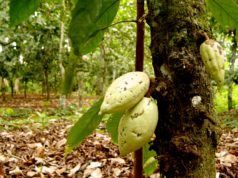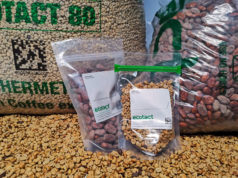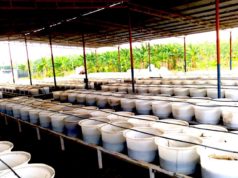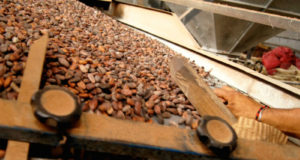By Maria Mercedes Rodriguez Z.
It is said that every mind is a universe and each universe has its flavours. Some prefer to eat very salty, others with just a little. Others flavour the sweet and overly sweet, or towards the acid. The fact is that whatever your preference is surely chocolate takes up a valuable place in your memory and portrays moments of greater pleasure. Either with milk or very dark, we all love chocolate and, like any other pleasure in life we rarely stop to think what’s behind such a delicacy. We simply are carried away by its aroma and flavour, longing to feel its explosion of sensations.
From Vivaelcacao.com we go into the insides of the feast of gods, paying great attention to the importance of each process cocoa must be through to become the best chocolate. One of these processes is drying of the seed.
During our visit to the drying patios we clearly learned the importance of drying cocoa properly. After a certain time of fermentation, cocoa is ready to dry in the sun. We looked for the producers, who are responsible for this task, in order to get the process described in details. Francisco Betancourt, agronomist from Chocolates El Rey, joining the experience of these land lovers led us to the fields sharing his valuable knowledge to further illustrate the process.
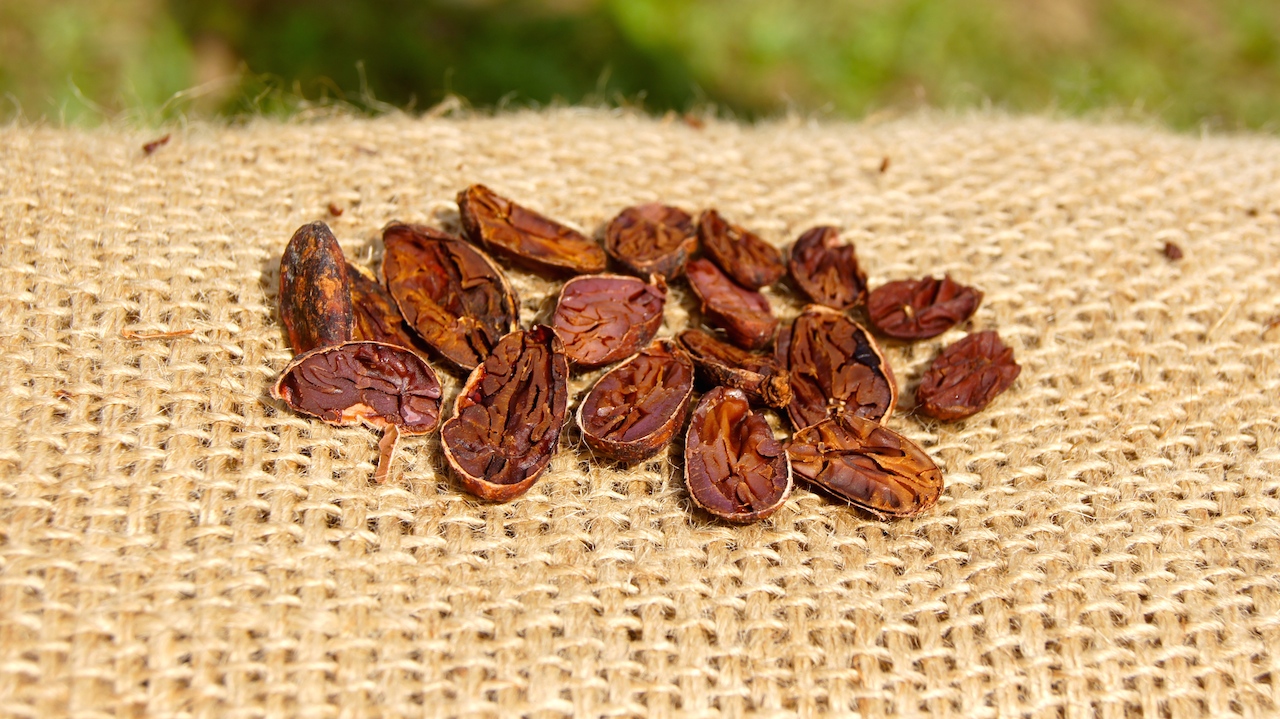
Dry, but not too much
For experts in the subject, this is the last stage of cocoa processing, which consists in removing the excess of moisture from the grain after fermentation.
The grain moisture must be reduced up to 7 or 8% because if it goes below those parameters the seed becomes susceptible to diseases, acquires an unpleasant odour and loses its marketing value, as a consequence. As stated by Reyes and Capriles (2000) in their book “El Cacao in Venezuela”.
During drying the enzymatic biochemical processes continue to take place, so necessary to develop the substances originator of flavour and aroma proper of a good quality cocoa. The process must be carried out slowly, because an inadequate drying damages the final quality.
This explains how essential this step is to obtaining a good cocoa. Since drying must be progressive, it is important to remember that this process takes time. If the kernel is dried very quickly, it might be left wet inside, providing an out of standard acidity.
According to some experts in the subject, the best way to dry the kernels is in the sun and progressively since this gives them a fruit flavour and the necessary moisture to allow their safe storage and a secure move.

Benefits of drying
According to Reyes and Capriles, if the kernels are fermented before drying, we can obtain the following changes:
– Decreasing of moisture levels to allow handling and storage.
– Loss of volatile acids by evaporation.
– Total development of the characteristic chocolate flavour.
– Kernels change colour to brown chocolate.
During our visit to Barlovento, Miranda state, we could witness the drying processes in El Milano sector, where producers told us how a kernel must look and taste when it is completely dry. The kidney-shaped and velvety brown colours are key features to know that the grain has gone through a good process for its marketing.
Another innovation that producers have is the implementation of sliding roof dryers to prevent that water affects the adequate drying process when it rains. When it comes to speak about successful examples of drying processes, it has to be mentioned those carried out in South Lake, western Venezuela, where Chococao builds rolling wooden dryers, which are as capacious as modern.
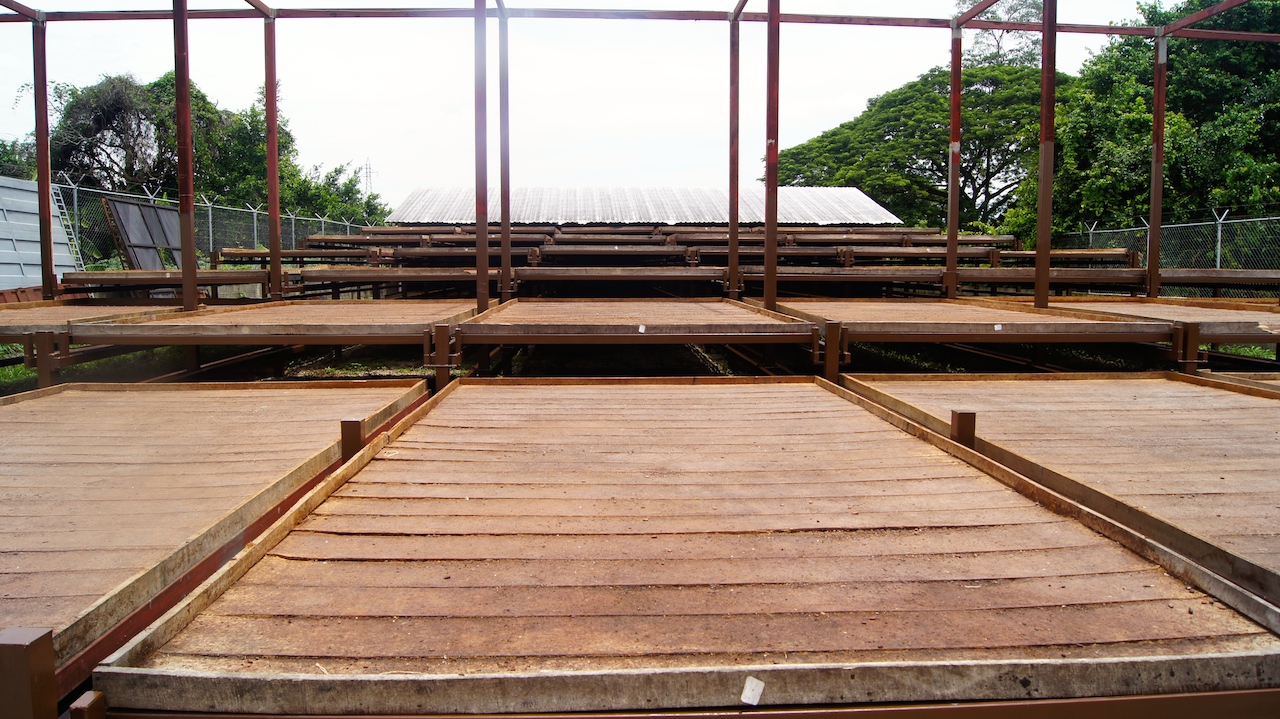
It’s on concrete or wood?
Each producer has his own way to dry his cocoa, but in Barlovento, Chocolates El Rey has carried out a great guidance for cocoa producers, on how important is having a patio exclusively for drying their product, thus, together they have built cemented yards for this function.
According to Betancourt, there is a project in course to build a cocoa processing centre in the region where the cocoa could be dried in wooden crates, in prevention of cement corrosion as it happens in most of the yards we visited.
Drying cocoa is similar to other stages of cocoa cultivation. It requires patience, care and above all, full-time commitment to be able to obtain a high quality product that ultimately comes into exquisite chocolates bearing the stamp “Made in Venezuela”.


